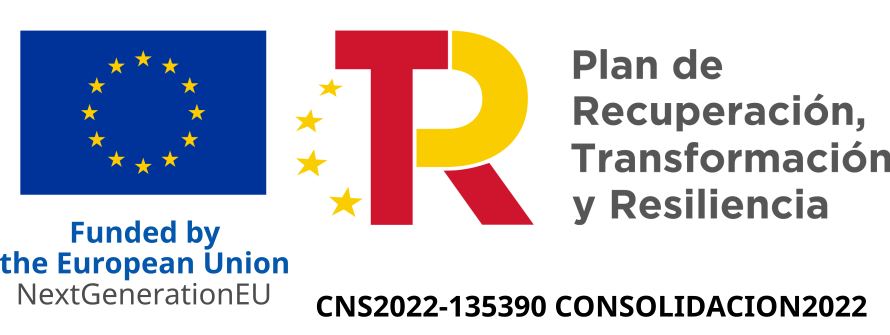Improper affine spheres and the Hessian one equation.
Francisco Milán López Universidad de Granada
The Hessian one equation and its complex resolution provides an important tool in the study of improper affine spheres. Conversely, the properties of these surfaces play an important role in the development of geometric methods for the study of their PDEs. We review some results of this good interplay and present our extension of the classical Ribaucour transformations to this subject. In particular, we construct new solutions and families of improper affine spheres, periodic in one variable, with any even number of complete embedded ends and singular set contained in a compact set. Also, we compare the Cauchy problem for the elliptic and non-elliptic Hessian equation, with some results about their admissible singularities, mainly, isolated singularities and singular curves with cuspidal edges and swallowtails.




 Visit our channel
Visit our channel
